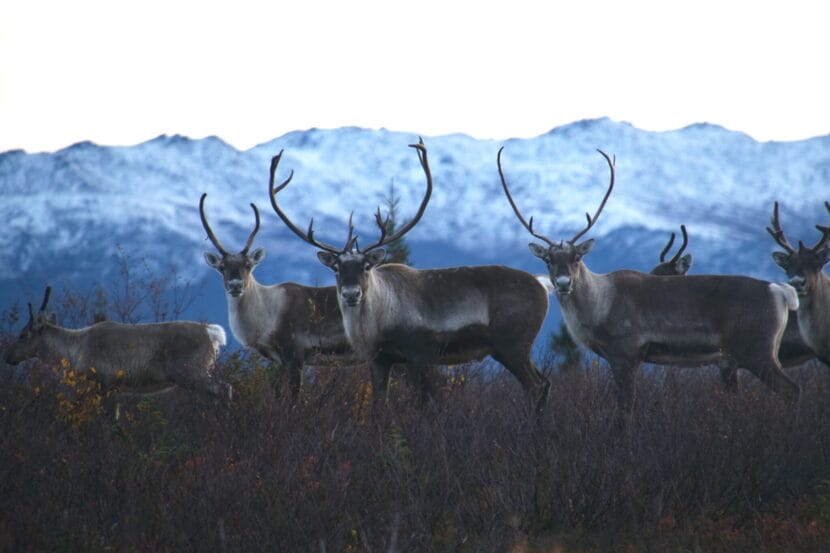
The Arctic tundra shifted this past year from capturing carbon to releasing it, which means it’s now contributing to rising global temperatures, according to the 2024 Arctic Report Card from the National Oceanic and Atmospheric Administration.
Rick Thoman, a climate researcher at University of Alaska Fairbanks, edited the report and said the NOAA report card also documents rapid declines in caribou herds.
“Particularly the large migratory herds, including the Western Arctic herd, have shown significant drops in population numbers, and they’re not recovering,” Thoman said. “Now it’s not all bad news. Some of the smaller coastal herds that don’t migrate as far have numbers [that] have rebounded in recent years from lows a decade or two ago.”
He said declining numbers are due to several factors connected to climate change. More precipitation in the winter can interfere with caribou feeding, and warmer summer temperatures mean bigger plants grow that crowd out the lichen that caribou eat.
Thoman said surface air temperatures are increasing across the Arctic, and precipitation is increasing, especially in winter, because even modest rising temperatures increase the amount of water the air can hold.
He also said the average extent of sea ice in the fall was the lowest on record, and that has led to increased ocean traffic.
“We had many, many transits of the Northwest Passage. And so the port of Nome [has been] very busy, as we’ve seen the last few years,” Thoman said. “A lot of traffic along the northern sea route.”
He said the uptick in vessel traffic means an elevated risk for a significant accident in Alaska coastal waters.
One big piece of good news from the report is that ice seals are still doing well, according to Thoman.
“Yes, we’ve had a decrease in sea ice, and we’ve had a couple of really low years there, 2018 and ‘19 in the Bering Sea.” Thoman said. “But overall, the health of ice seals is still pretty good. So I think that’s good news for Alaskans.”
The Arctic report card from NOAA incorporated research from October 2023 to September 2024. Next year will be the 20th year they’ve produced the report card consecutively.